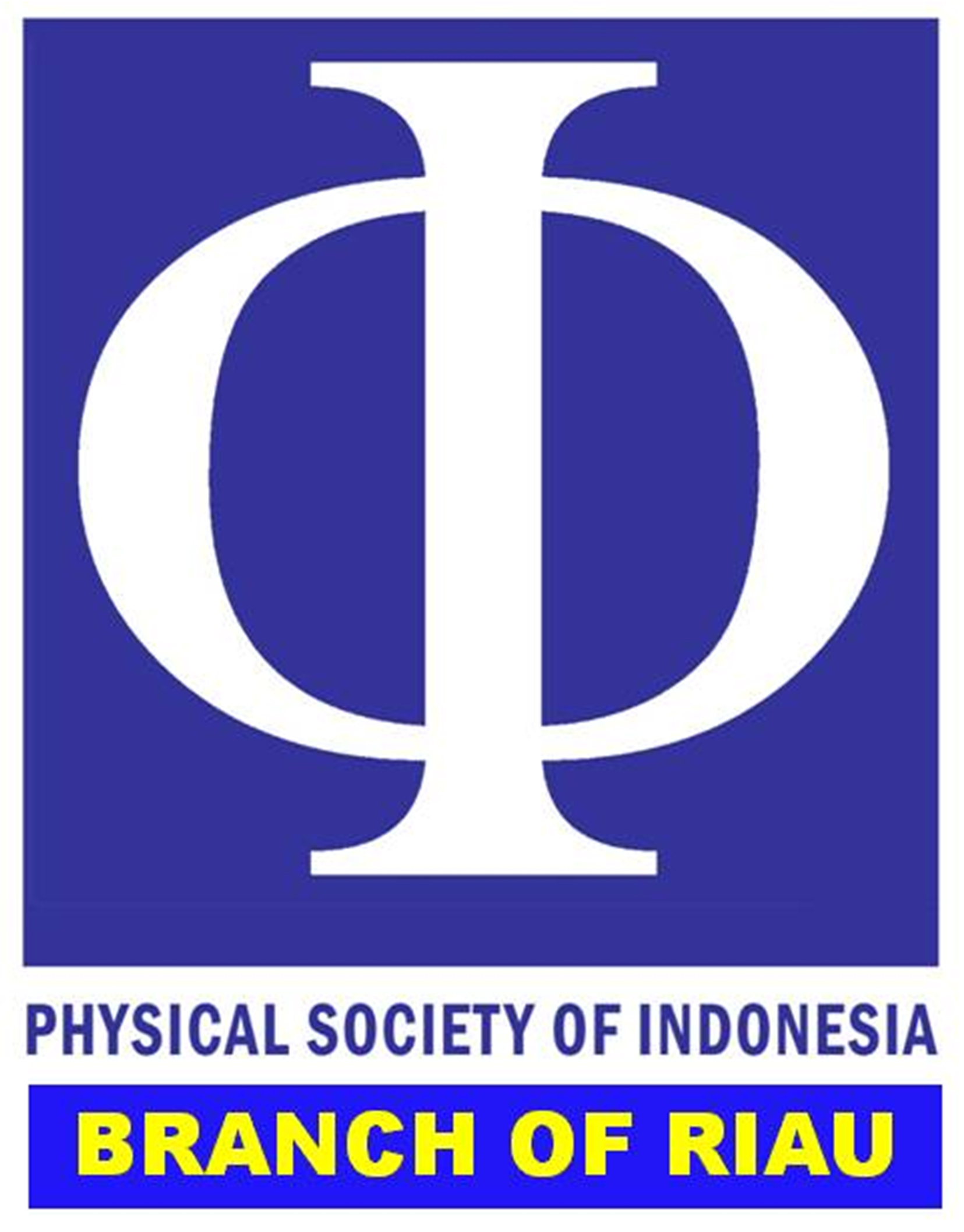Synthesis and characterization of activated carbon based on young coconut fiber as a supercapacitor electrode
Abstract
Keywords
Full Text:
PDFReferences
1. Miller, J. R. & Burke, A. (2008). Electrochemical capacitors: challenges and opportunities for real-world applications. The Electrochemical Society Interface, 17(1), 53.
2. Samantara, A. K., Ratha, S., Samantara, A. K., & Ratha, S. (2018). Components of supercapacitor. Materials Development for Active/Passive Components of a Supercapacitor: Background, Present Status and Future Perspective, 11–39.
3. Awang, Y., Shaharom, A. S., Mohamad, R. B., & Selamat, A. (2009). Chemical and physical characteristics of cocopeat-based media mixtures and their effects on the growth and development of Celosia cristata. American journal of agricultural and biological sciences, 4(1), 63–71.
4. Viju, N., Satheesh, S., & Vincent, S. G. P. (2013). Antibiofilm activity of coconut (Cocos nucifera Linn.) husk fibre extract. Saudi Journal of Biological Sciences, 20(1), 85–91.
5. Paskawati, Y. A., & Retnoningtyas, E. S. (2017). Pemanfaatan sabut kelapa sebagai bahan baku pembuatan kertas komposit alternatif. Widya Teknik, 9(1), 12–21.
6. Hanifa, Z., & Awitdrus, A. (2022). Pembuatan Elektroda Karbon dari Biomassa Sabut Kelapa Muda dengan Aktivator KOH Sebagai Aplikasi Sel Superkapasitor. Indonesian Physics Communication, 19(1), 45–50.
7. Sudibandriyo, M. & Lydia, L. (2011). Karakteristik luas permukaan karbon aktif dari ampas tebu dengan aktivasi kimia. Jurnal Teknik Kimia Indonesia, 10(3), 149–156.
8. Hartati, S. D., Taer, E., Sugianto, S., & Taslim, R. (2016). Pengaruh variasi suhu aktivasi fisika terhadap sifat fisis dan elektrokimia elektroda karbon superkapasitor dari limbah kulit pisang. Spektra: Jurnal Fisika dan Aplikasinya, 1(2), 165–170.
9. Awitdrus, A., Hanifa, Z., Agustino, A., Taer, E., & Farma, R. (2022). Perbandingan larutan elektrolit H2SO4 dan KOH pada kinerja elektrokimia bahan elektroda berbasis karbon aktif sabut kelapa muda. Indonesian Journal of Industrial Research, 12(1), 15–20.
10. Farma, R., Lestari, A. N. I., & Apriyani, I. (2021, October). Supercapacitor cell electrodes derived from nipah fruticans fruit coir biomass for energy storage applications using acidic and basic electrolytes. Journal of Physics: Conference Series, 2049(1), 012043.
11. Miller, J. R. & Simon, P. (2008). Electrochemical capacitors for energy management. Science, 321(5889), 651–652.
12. Farma, R., Deraman, M., Awitdrus, A., Talib, I. A., Taer, E., Basri, N. H., Manjunatha, J. G., Ishak, M. M., Dollah, B. N. M., & Hashmi, S. A. (2013). Preparation of highly porous binderless activated carbon electrodes from fibres of oil palm empty fruit bunches for application in supercapacitors. Bioresource Technology, 132, 254–261.
13. Farma, R., Winalda, B., & Apriyani, I. (2023). The self-adhesive properties of carbon activated-like shape coin derived from Palmae plant waste and used as high-performance supercapacitor electrodes. Journal of Electrochemical Energy Conversion and Storage, 20(2), 020902.
14. Simanjuntak, M. T., & Awitdrus, A. Fabrikasi elektroda karbon dari sabut kelapa muda dengan aktivasi fisika sebagai aplikasi superkapasitor. Indonesian Physics Communication, 19(2), 65–68.
DOI: http://dx.doi.org/10.31258/jkfi.21.3.261-264
Refbacks
- There are currently no refbacks.

This work is licensed under a Creative Commons Attribution-NonCommercial 4.0 International License.
Indexing by:








